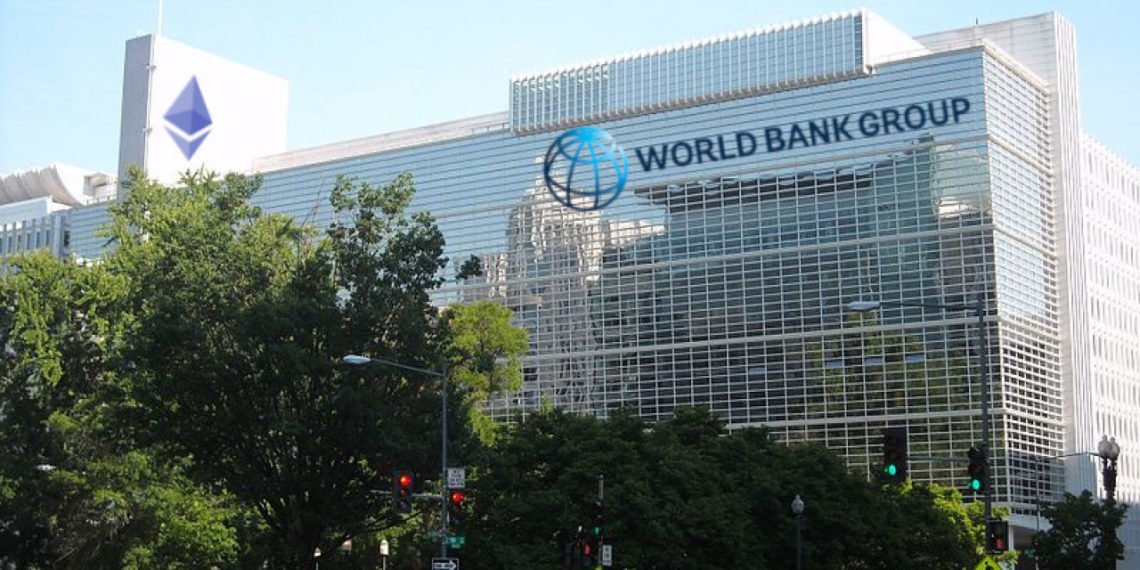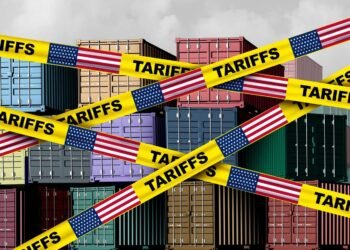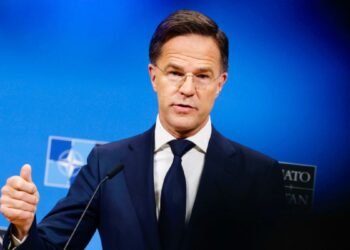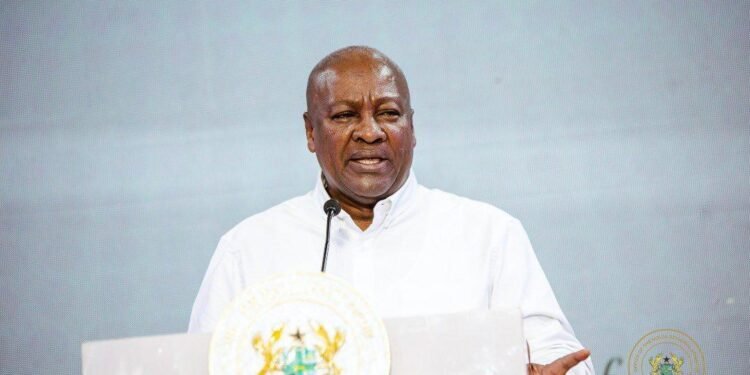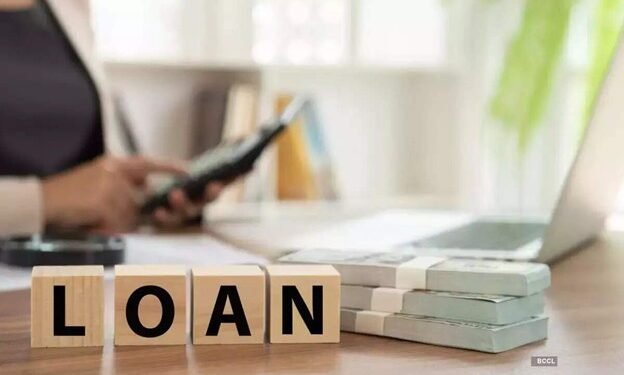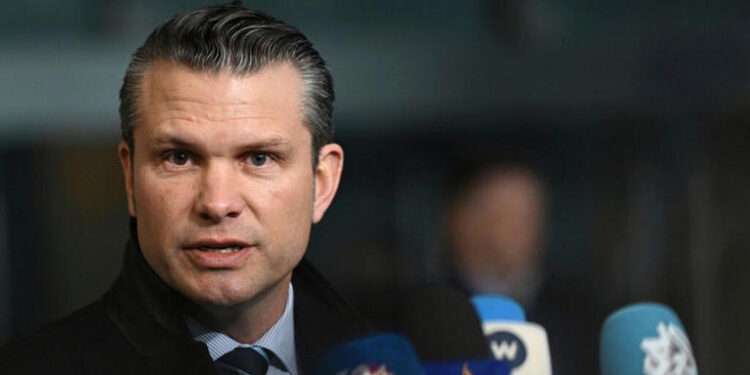The World Bank has urged countries to pursue “greener, smarter, more equitable” development paths even though gruelling debt burdens remain a major obstacle for poorer nations struggling to rebuild.
The Bank admonished that the economic disruptions caused by the COVID-19 pandemic is giving countries the chance to “seize the opportunity to lay the foundations for a durable, equitable, and sustainable global economy.
“Left unaddressed, the problem of unsustainable debt, and restructurings that do too little, will delay vital recoveries, especially in the poorest countries,” World Bank President, David Malpass warned in the foreword of the bank’s latest edition of its Global Economic Prospects report.
The World Bank estimates that the global economy shrank 4.3 percent in 2020 and is forecasting a “subdued” recovery of 4 percent growth. The forecast is more than 5 percent or some $4.7 trillion below its pre-pandemic projections.
The World Bank also sees global growth moderating to 3.8 percent in 2022, even though that “outlook is laced with uncertainty.”
An increase in COVID-19 infections, delays in vaccine procurement and distribution and other pandemic-related setbacks could derail economic recoveries, says the bank. So could financial stress triggered by historically high debt levels and weak growth.
While the World Bank sees growth in Emerging Markets and Developing Economies (EMDEs) “firming to 5 percent this year and moderating to 4.2 percent in 2022”, much of that rosier forecast reflects the expected rebound in China, the world’s second-largest economy.
Remove China from the equation, and the forecast for average EMDE growth this year and 2022 is a far more subdued at 3.5 percent.
“The pandemic has caused per capita incomes to fall in more than 90 percent of EMDEs, tipping millions back into poverty,” said the report, adding that the coronavirus is expected to erase at least 10 years of per capita income gains in more than a quarter of those countries.
Among the grouping, “activity is projected to be weakest in the Middle East and North Africa and Sub-Saharan Africa regions,” said the report.
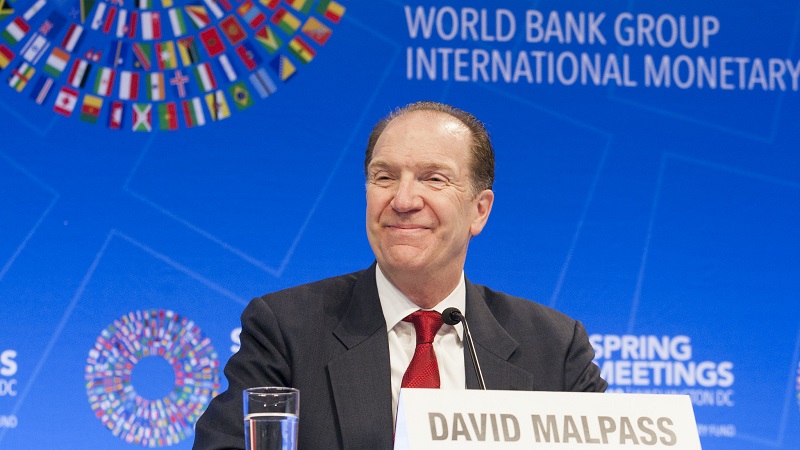
Prior to the pandemic, rampant borrowing by EMDEs, dubbed the “fourth wave” of debt accumulation, had sparked concerns about the sustainability of rising debt levels.
The global recession caused by the pandemic has now seen countries, including EMDEs, borrow even more to fund the public health responses and economies afloat.
While this spending has been seen as necessary, there are risks that growing debt piles could make these countries even more vulnerable to financial crises.
“The global community needs to act rapidly and forcefully to make sure the fourth wave [of debt accumulation] does not end with a string of debt crises in EMDEs, as earlier waves did,” the bank warned.
The World Bank also estimates that government debt in EMDEs rose by 9 percentage points of gross domestic product in 2020, the largest increase since the late 1980s.
Private sector debt accumulated by firms struggling to deal with the pandemic’s economic fallout is also expected to have spiked in 2020.
The bank warns that many countries, particularly low-income ones, are facing large debt-servicing costs, with several already experiencing debt distress. As of November, only 44 of 73 eligible countries had applied for a temporary suspension of debt service payments under a Group of 20 (G20) initiative.
The programme which gives the world’s poorest nations a temporary reprieve from debt repayments, does not forgive their debts or reduce their debt levels.
While the World Bank sees such policies as important emergency responses, it warns that they are merely stopgaps “to make space until permanent solutions can be secured.”
The bank is advocating a suite of solutions to head off potential debt crises, including broader participation by all creditors in debt service relief efforts, greater transparency around debt contracts, streamlining the legal process for restructuring private sector debt, and “deep debt reduction for countries in distress”.



